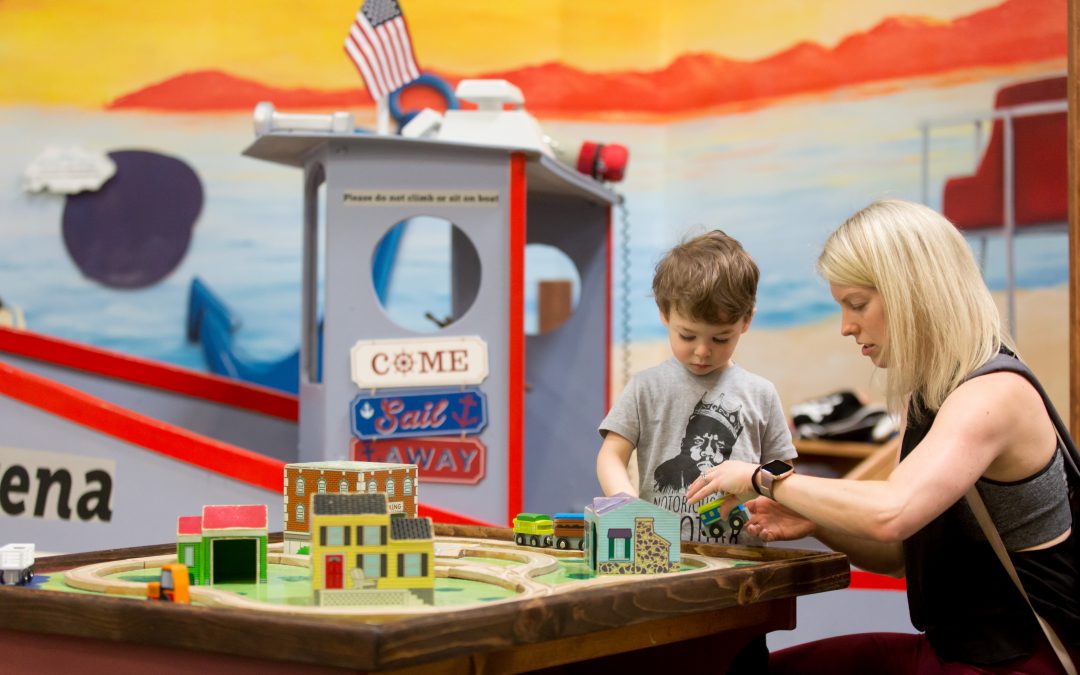By Linda Hunter, Senior Director of Education
Theres no pretending when it comes to challenging behaviors. Understanding the motivation behind your little one’s outbursts, tantrums, and emotional rollercoasters will help you navigate challenging moments. Here are some tips from our Senior Director of Education:
1. When your child is acting out, remember to HALT.
H-A-L-T is an acronym for four important things to check out before you proceed. Ask yourself, Is my child:
- Hungry?
- Angry?
- Lonely (lonely applies to all big feelings like fear or uncertainty)?
- Tired?
If you identify any of the above as true, you know where to begin to help alleviate the problem. It’s a quick checklist to run through and may save you a whole lot of energy if you can take care of these items first before being sidetracked by their behavior.
2. Check your expectations.
Is what you expect from your child realistic? Understanding what typical behavior for your child’s stage of development is critical in setting realistic expectations. For example, if you have a 2-year-old and you expect them to sit quietly while you watch your TV program, it’s safe to say that your expectation is unrealistic. When they are 5-years old, this expectation is more realistic as they can color or read or play quietly. On the flip side, if you expect too little, that’s a problem as well. Sometimes children act out because parents are too restrictive and don’t allow children to challenge themselves. A key rule of thumb is to never do for a child what they can do for themselves – it sends a subtle message to them that you don’t believe that they are competent. The more you understand about what is developmentally appropriate for your child, the more you will set realistic expectations – for your child and for yourself.
3. Set reasonable limits and be as consistent as humanly possible.
Diversion and redirecting is a great way to move children away from a behavior that you want them to change. Redirection is effective in some cases. In others it is important to set reasonable limits for your child. Setting reasonable limits helps children learn social norms and learn to manage their own behaviors. If you are in a restaurant and your 4-year-old starts throwing silverware, you need to set boundaries on what is proper behavior in public for them – and remember to be as consistent as possible with the limits you set. Redirection is generally effective with infants and toddlers moving gradually into reasonable limit setting as children move toward their pre-school years.
4. Explain to your child why something is unacceptable, but don’t over explain.
One of the biggest problems I see today’s parents making – and it seems to be on the increase, is that of over-explaining. It almost seems as if parents are wanting their child to somehow validate that parents are doing the right thing by setting limits. While limit setting is not popular with your child, parents shouldn’t be seeking their child’s approval for the way they parent. It is up to parents to learn about child development, set reasonable expectations, and do what is appropriate for their child in each new stage of their development.
Children often use challenging behaviors when they lack more appropriate behaviors or skills to accomplish the same goal or to communicate the message. Join us next week as we continue tackling challenging behaviors by looking closely at how we can build a home atmosphere of peace that promotes communication and acknowledges regression brought on by the COVID-19 pandemic.

